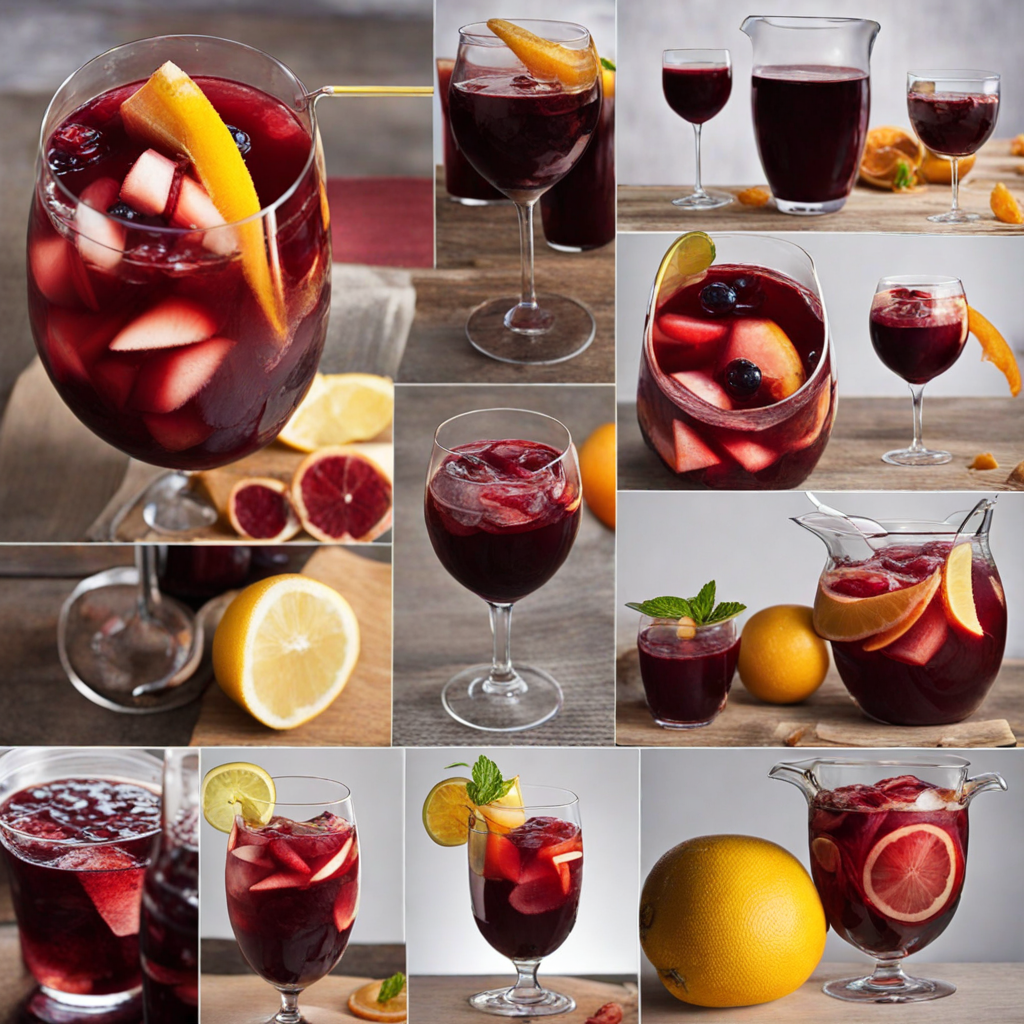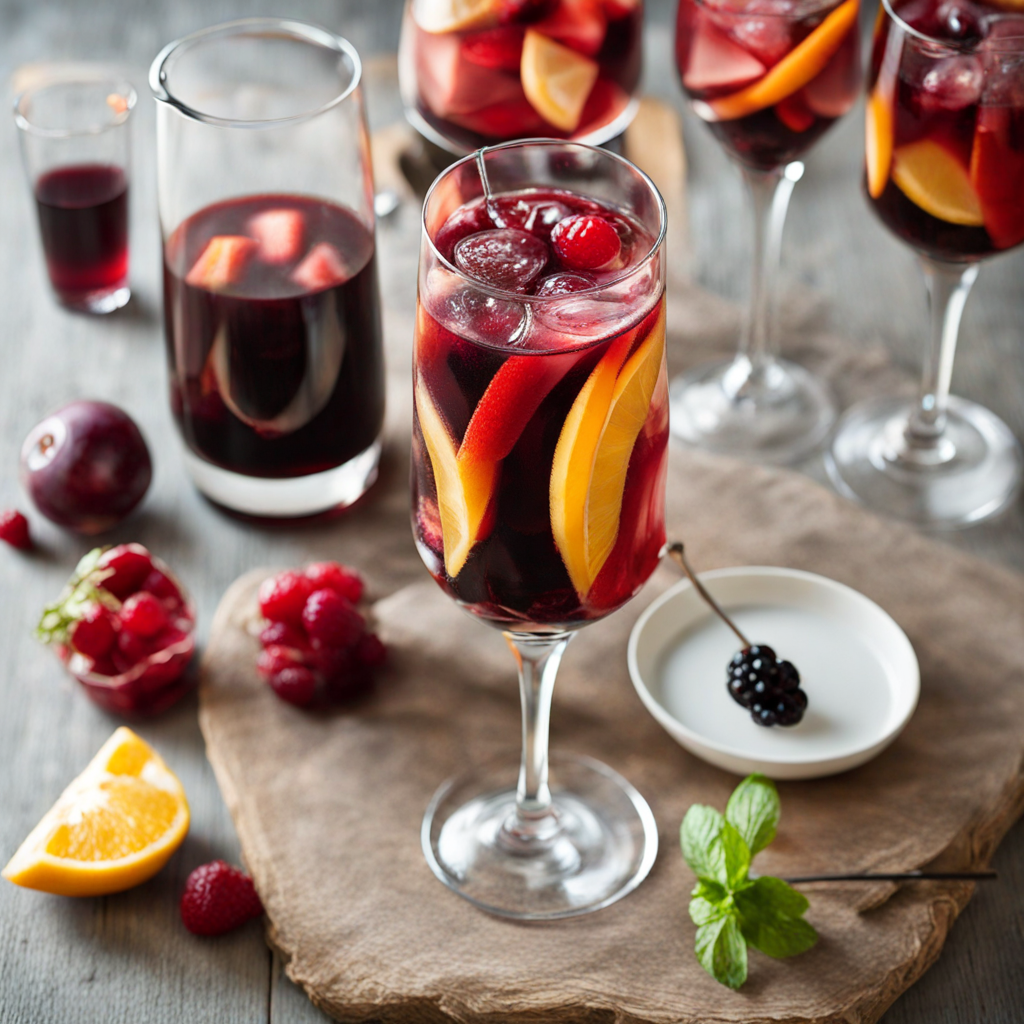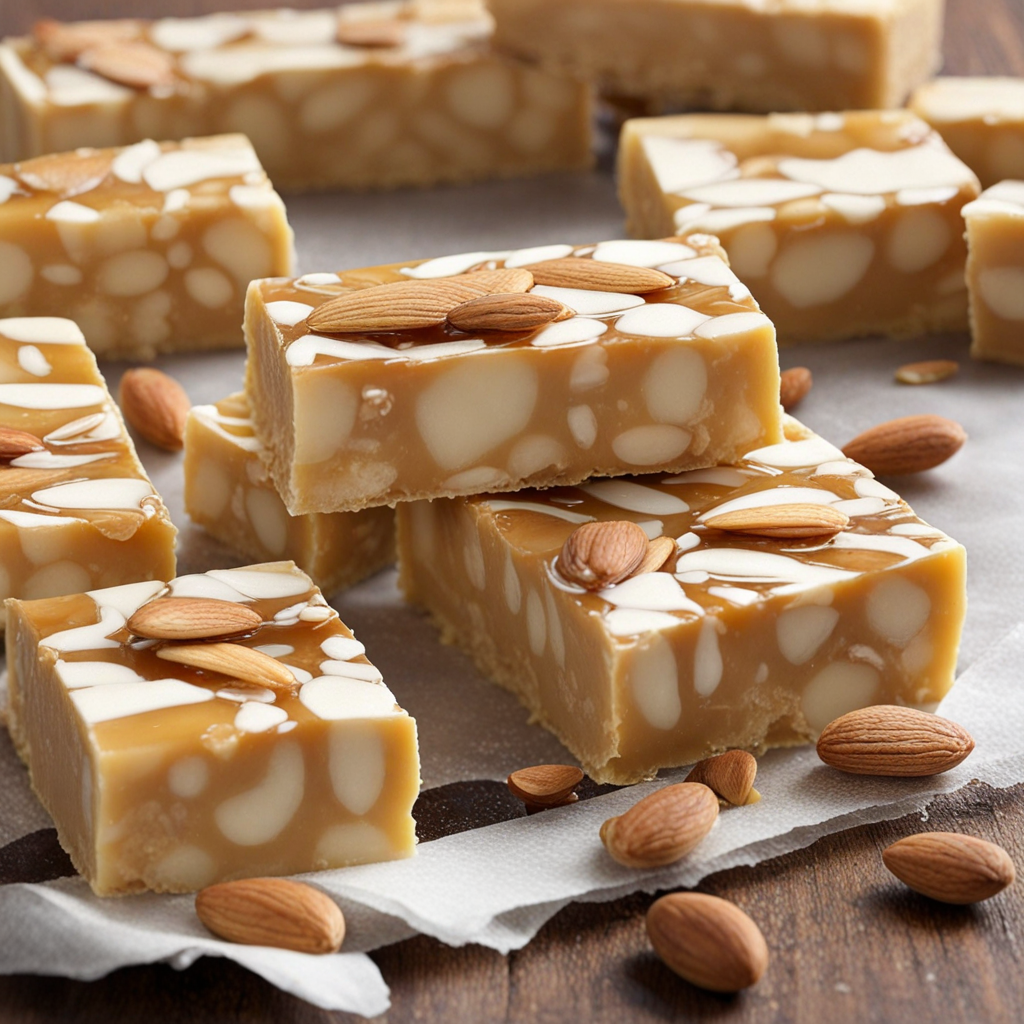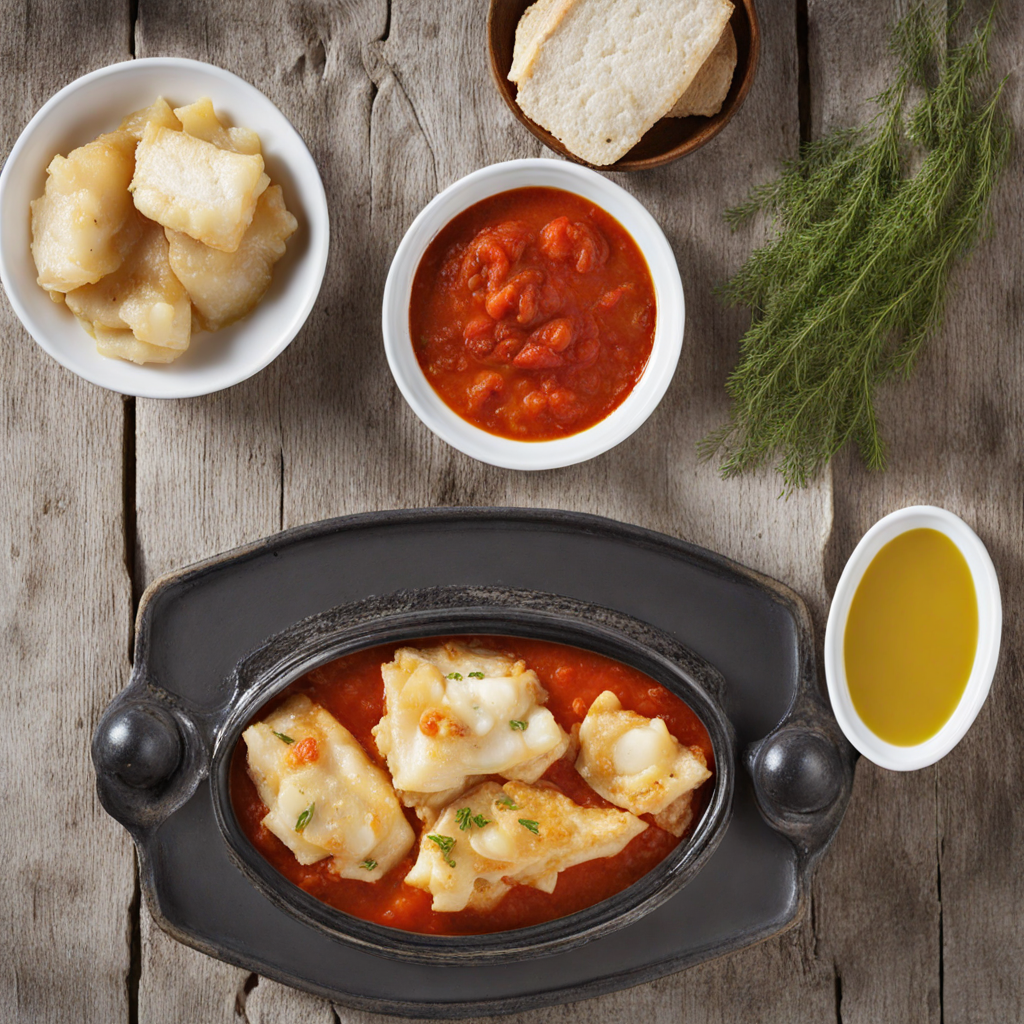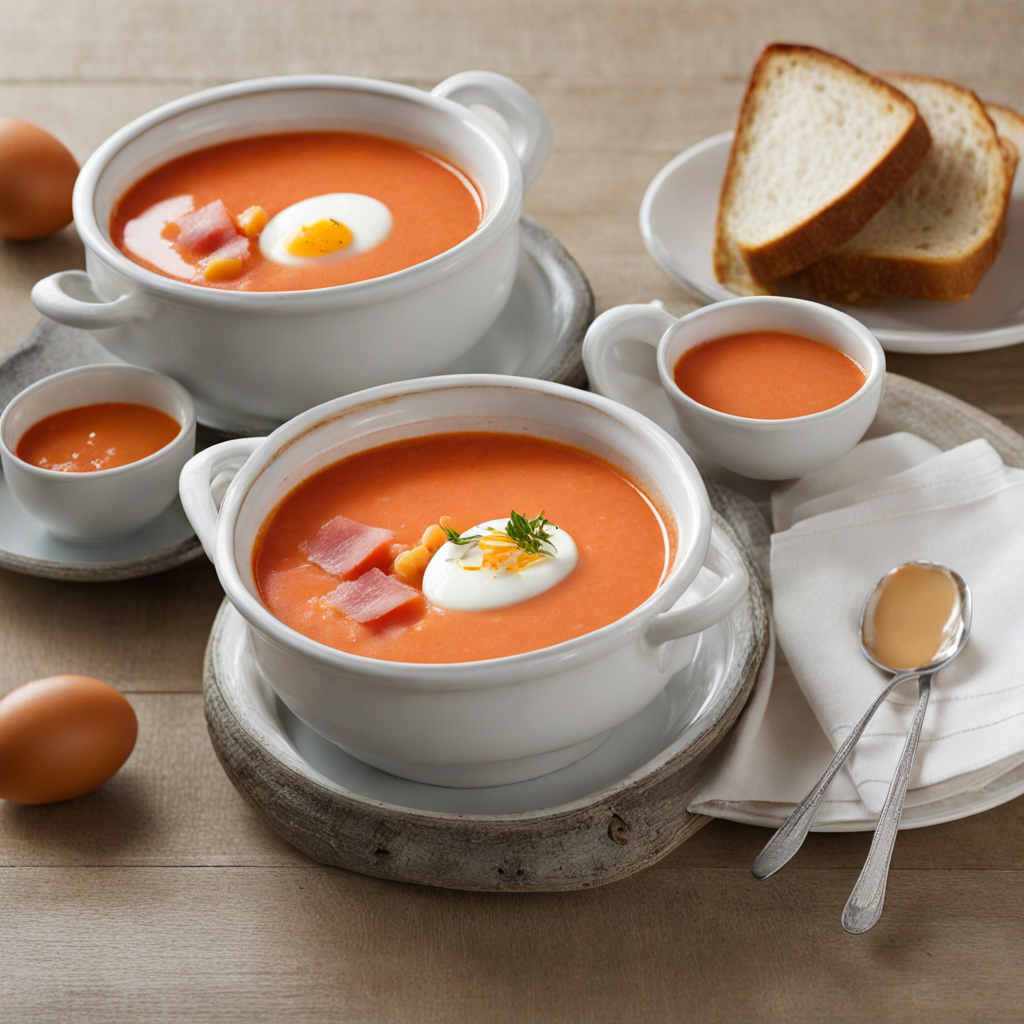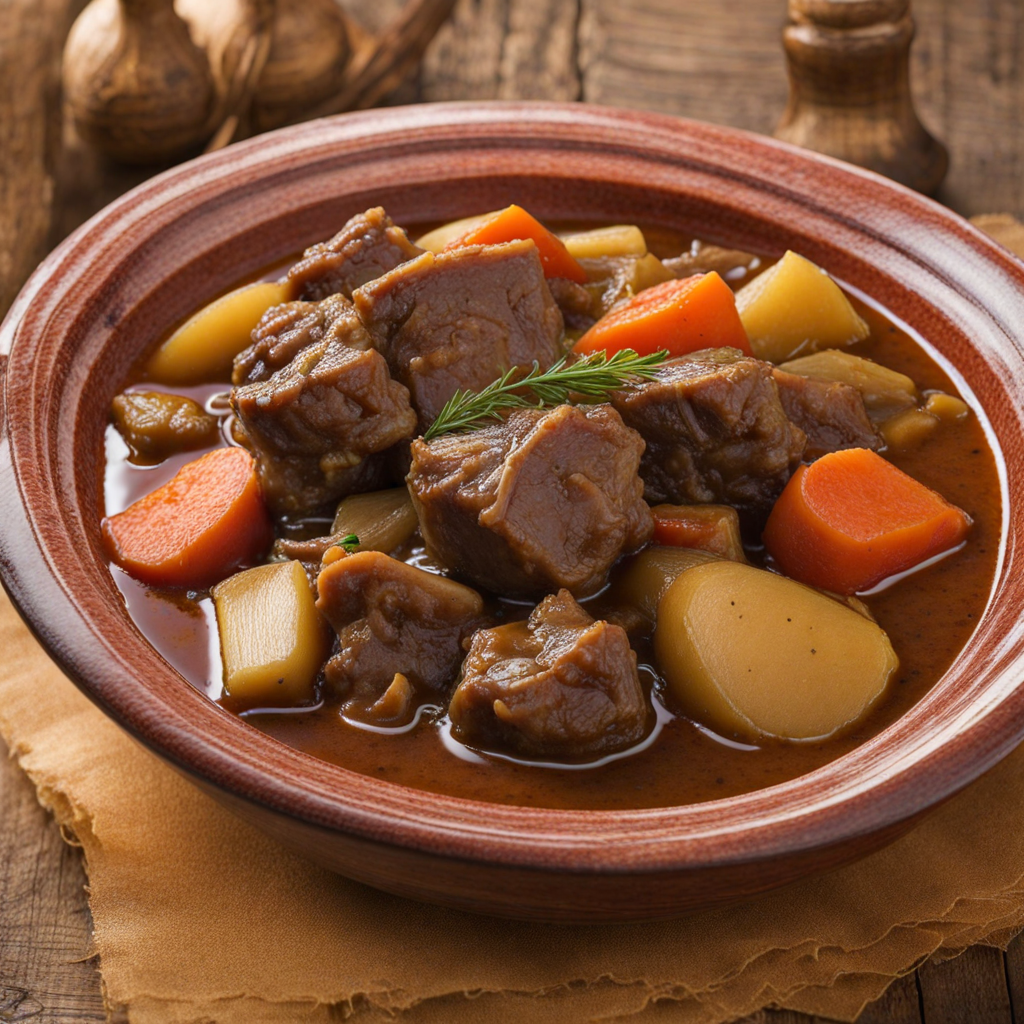Sangria
Sangria is a vibrant and refreshing drink that embodies the essence of Spanish culture and cuisine. Traditionally made with red wine as its base, this delightful concoction is enhanced with a medley of fruits, such as oranges, lemons, and berries, which infuse the beverage with a burst of natural sweetness and zesty flavor. The addition of brandy or other spirits elevates the drink, creating a harmonious balance that is both invigorating and smooth. Served chilled, Sangria is synonymous with warm summer evenings and lively gatherings, making it a perfect companion for tapas or a leisurely meal.
How It Became This Dish
The History of Sangría: A Spanish Culinary Tradition Sangría, a vibrant and refreshing beverage, is synonymous with summer gatherings, festive celebrations, and the leisurely afternoons of Spanish life. Its bright colors and fruity flavors evoke images of sun-soaked patios and jovial company. But the origins of sangría are as rich and complex as its taste, with a history that reflects the cultural tapestry of Spain itself. #### Origins: A Drink of the People The roots of sangría can be traced back to ancient times, when wine was a staple in the Mediterranean diet. As early as Roman times, wine was often mixed with various ingredients to enhance its flavor and preserve it. The Romans had a penchant for mixing wine with water, herbs, and spices, which can be seen as a precursor to sangría. The term "sangría" itself is derived from the Spanish word “sangre,” meaning blood, a reference to the drink's deep red color, typically associated with red wine. While the exact origins of this specific concoction are debated, it is widely believed that sangría as we know it emerged in Spain during the 18th century. This period marked a growing appreciation for wine in Spain, particularly in regions like Andalusia, where local ingredients and customs began to shape the drink. #### Cultural Significance: A Symbol of Spanish Hospitality Sangría is not merely a drink; it embodies Spanish culture and hospitality. Traditionally served in large pitchers, it encourages sharing and communal enjoyment, making it a staple at social gatherings, festivals, and family celebrations. This drink is often associated with warm weather and outdoor festivities, symbolizing the relaxed and convivial spirit of Spanish life. In the 19th century, as Spain began to attract more international tourists, sangría gained popularity beyond its borders. Visitors were captivated by its refreshing taste and the vibrant atmosphere of Spanish social life, and they brought the concept back to their own countries. As a result, sangría became a symbol of Spain itself, often evoking the picturesque images of sun-drenched landscapes and lively fiestas. #### Ingredients and Variations: A Canvas for Creativity At its core, sangría is a simple concoction: red wine, fresh fruit, a sweetener, and a splash of soda or fruit juice. However, the beauty of sangría lies in its versatility. Each region of Spain and indeed each household has its own variations of the drink, reflecting local ingredients and personal preferences. In Andalusia, traditional sangría might include seasonal fruits like peaches, oranges, and lemons, while in Catalonia, white wine is sometimes used to create a “sangría blanca,” or white sangría, often featuring fruits such as strawberries and apples. Additionally, some recipes call for spices like cinnamon or herbs like mint, while others might add brandy or liqueurs for an extra kick. This adaptability has made sangría a canvas for creativity, and it has evolved over time to incorporate global flavors and influences. In the United States, for example, sangría is often made with a blend of wines and exotic fruits, reflecting the multicultural palette of contemporary culinary trends. This evolution to suit local tastes showcases the drink’s inherent flexibility and its ability to transcend cultural boundaries. #### Sangría in the 20th Century: From Local Tradition to International Icon By the 20th century, sangría had solidified its status as a quintessential Spanish drink, and its popularity soared both domestically and internationally. The 1960s and 1970s saw a surge in tourism to Spain, and with it, a growing interest in Spanish cuisine. Restaurants around the world began to feature sangría on their menus, often adapting the drink to suit local palates. In Spain, the rise of sangría paralleled the country’s development of a more globalized culinary identity. Chefs began to experiment with the drink, adding modern twists and ingredients while still respecting traditional methods. This blend of tradition and innovation helped sangría maintain its relevance, allowing it to thrive in a fast-evolving gastronomic landscape. #### Modern-Day Sangría: A Global Phenomenon Today, sangría is celebrated worldwide, often served in bars, restaurants, and at parties far removed from its Spanish roots. It has become a staple at summer barbecues and outdoor gatherings, embraced for its refreshing qualities and festive spirit. In many places, it is common to find variations that incorporate local wines and seasonal fruits, showcasing the drink's adaptability and international appeal. The rise of craft cocktails has also influenced how sangría is perceived. Mixologists have begun to elevate the drink, focusing on high-quality ingredients, artisanal wines, and innovative flavor combinations. Ingredients like sparkling wine, herbal infusions, and even artisanal bitters have found their way into modern sangría recipes, appealing to a new generation of cocktail enthusiasts. #### Conclusion: The Spirit of Sangría Sangría represents more than just a drink; it is a celebration of life, culture, and community. Its history is a reflection of Spain’s agricultural heritage and its enduring spirit of hospitality. From its ancient roots to its modern iterations, sangría continues to evolve while maintaining the core values of sharing and enjoyment. As people gather around pitchers of sangría, they partake in a tradition that transcends time and geography. Whether in a bustling tapas bar in Madrid, a beachside café in Barcelona, or a backyard barbecue in the suburbs of America, sangría invites us to slow down, savor the moment, and celebrate the joy of togetherness. This delightful beverage is not just a taste of Spain; it is a taste of life itself, full of flavor, color, and warmth.
You may like
Discover local flavors from Spain


